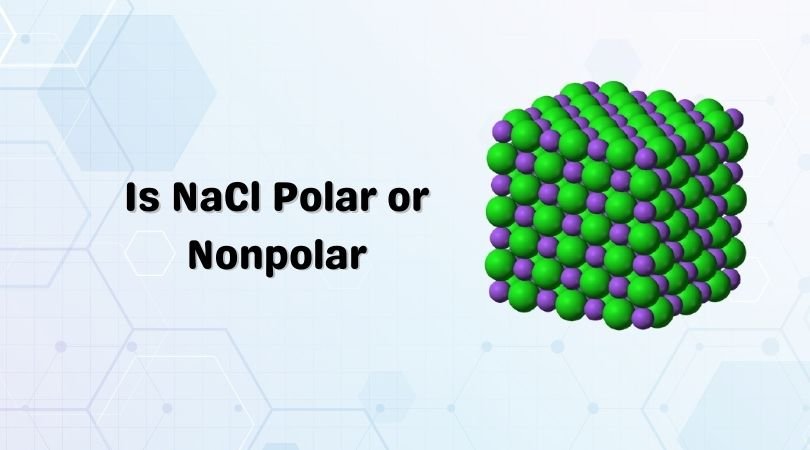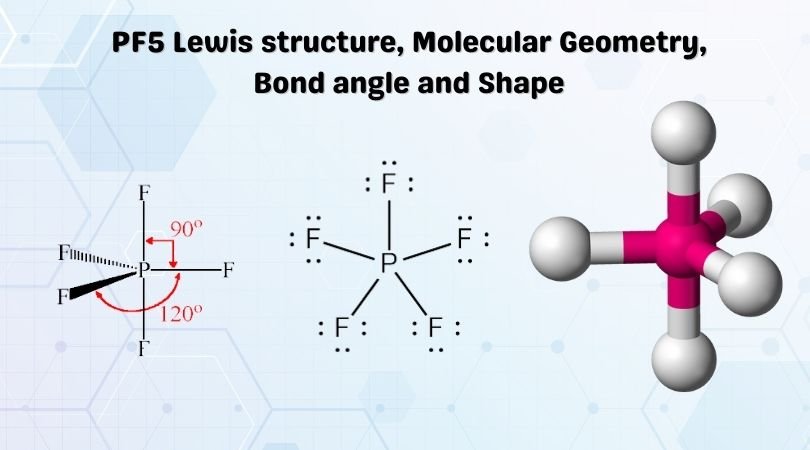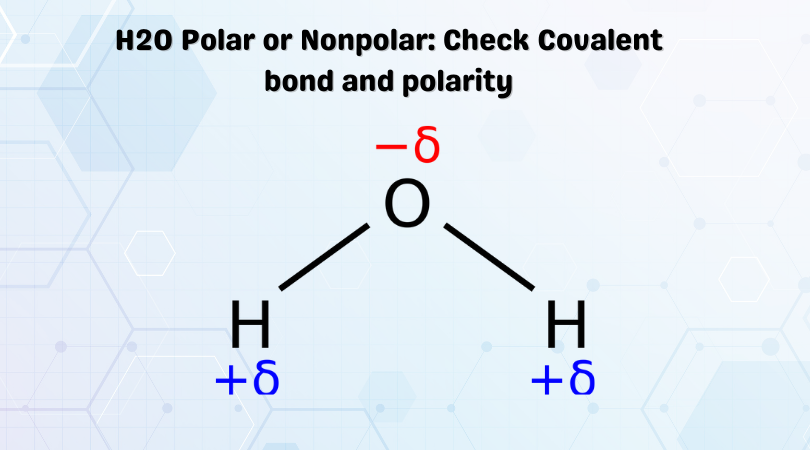To answer your question in one word, yes, NaCl or Sodium Chloride is a polar molecule. Wondering how? Read this blog post to know we determined the polarity of the molecule. NaCl is a chemical formula for Sodium Chloride, and it is made of one Sodium atom and one chlorine atom. The atoms of both Sodium and Chlorine are arranged in an organized pattern, also known as a lattice.
To know the polarity of any molecule, we first look at the difference in the electronegativities of the atoms in the structure. Here Sodium has an electronegativity of 0.93 and Chlorine has an electronegativity of 3.16. The difference of electronegativities for both these atoms is higher than 0.4, leading to the formation of poles in the molecule. One atom will have a partial positive charge, and another atom will have partial negative charges.
There are negative charges on the Chlorine atom and positive charges on the Sodium atom in this molecule. And as there is the formation of such poles in the molecule, it makes the Na-Cl bond ionic bond a polar bond. Some might question how an ionic compound can be a polar molecule? But, the molecule’s polarity depends on the electronegativities of the atoms and the charges on the atoms. The sodium atom has a charge of +1, and the chlorine atom has a charge of -1.
Concluding Remarks
So although there are formation anions and cations in this molecule and both the atoms are arranged in the lattice, NaCl is a polar molecule. However several people believe that polarity must be checked only for covalent molecules and not ionic compounds. The ionic compounds will always have a positively charged atom and a negatively charged atom. Still, if we consider all the parameters for polarity for NaCl, it indeed is a polar molecule.




